How to move with a baby: Guide to moving with an infant
Moving into a new home is already quite difficult on its own. Add an infant or toddler into the mix and it becomes even more so. As you pack everything and try to remember which box has what, you also have to think about babyproofing your new home and how to make the transition as smooth as possible for your little one.
Sounds overwhelming? Well, this guide will outline everything you need to know about how to move with a baby. Hopefully, these tips will help make moving with a toddler or infant a little easier for you.
Here is a list of some of the things you should do before the move to make things a lot easier for both you and your little one. Let’s begin!
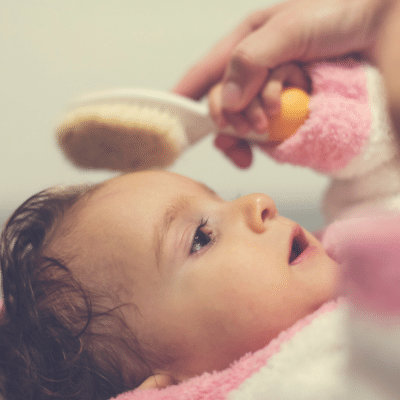
Stick to the baby’s routine throughout the move
With everything that’s going on, it is easy to throw your little one’s routine right out the window. However, try to remember that babies only thrive with routines. Do everything you can to stick to your regular established daily routine. Your little one should feed and nap just like they usually do. Take advantage of nap time to get your packing done little by little over several days.
Take advantage of your childcare options when you move with a baby
Moving days are noisy and dangerous, especially for babies and toddlers. Heavy furniture and boxes will be constantly moving from room to room, so you want your little one to be as far away from the action as possible. A great way to achieve this is by utilizing your childcare options: babysitters, daycares, family, and friends are all ways to get your little one away for the day.
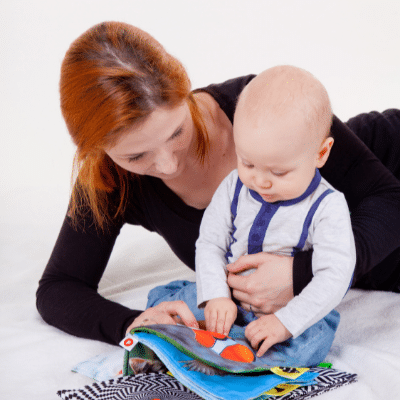
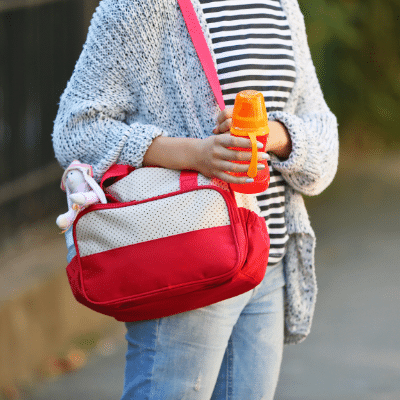
Pack a bag of essentials to help you move with a baby
Have a big bag with all your little one’s needs for at least 3 days before you move with a baby. You need to be able to access this bag easily on moving day and at least the first few days after moving. Once you get to your new home, it’ll probably be a little while before you feel up to rummaging through boxes to find diapers and toys. So prepare accordingly!
Use a moving calendar
Proper planning is everything when you plan to move with a baby. Start planning for the move as many as 8 weeks ahead. Follow a detailed checklist like our Ultimate Moving Checklist and check items off every day using a moving calendar. By the time moving day comes, almost everything will have been checked off and you’ll be able to have a super stress-free move!
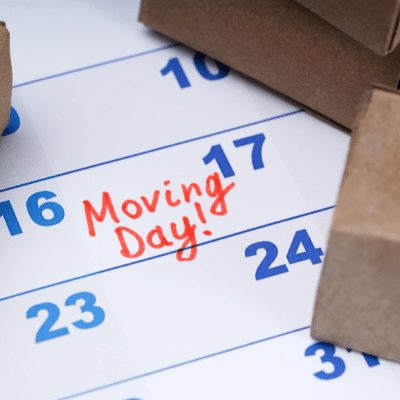

Let your pediatrician know
If you are moving far away, you’ll need to get a copy of your little one’s medical records for when you need to find a new pediatrician. They’ll also give you some ideas on some of the things you can do to keep your little one happy on the long distance move.
Get some help when you move with a baby
You’re going to need all the help you can get. Moving companies are great because they’ll unload everything once you arrive at your new home. However, you also get help from family and friends especially because you want to focus on your child, not the couch stuck in the doorway.
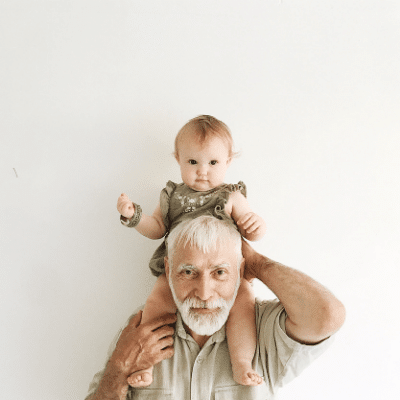
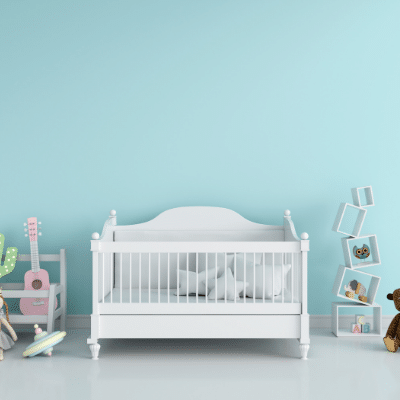
Set up the nursery first
You want to make sure that it’s easy to change your little one and put them to sleep on that first night. Therefore, the nursery should be the first room on your list once you arrive. As you arrange the nursery, try to keep everything as close as possible to how your previous nursery looked to help your little one transition.
After disassembling and reassembling the crib, you need to keep an eye out for common suffocating and strangulation hazards:
- Sharp edges
- Loose hardware
- Missing or broken parts
- Crib slats more than the width of a soda can
- Gaps more than 2 fingers wide between the crib side and the mattress
- Cutout designs in the headboard
- Easy-to-release drop-side latches
Also, remember to use safe bedding. The mattress must be tight-fitting and firm with only a crib sheet.
Baby proofing tips
Here is how to babyproof your new home:
- On your hands and knees, crawl through your house looking for interesting things that are easy to reach from your level. If anything looks like a potential choking hazard, you can confirm whether or not it’ll fit in your little one’s mouth by trying to fit it through an empty toilet paper roll. If it fits, it’s too dangerous for babies and toddlers under 3.
- Make sure all your alarms are working. Test smoke alarms and carbon monoxide detectors in all bedrooms and on every level of your home. Change out the batteries at least once a year.
- Use child-resistant locks on any drawers that have knives, lighters, matches, or anything else that may be dangerous to young children.
- Install stair gates at the top and bottom of your stairs. Make sure the gates are attached to the wall with hardware.
- Avoid using blinds, curtains, or window treatments that have cords or decorative hanging elements on them.
- Make sure all furniture has been secured to the wall to avoid tip-overs.
- Cover electrical outlets with outlet covers.
- Unpack carefully. Lock up anything that your baby might consume by accident high and out of their reach. This includes vitamins, medicines, pet food, cleaning products, alcohol, chemicals, and poisonous plants,
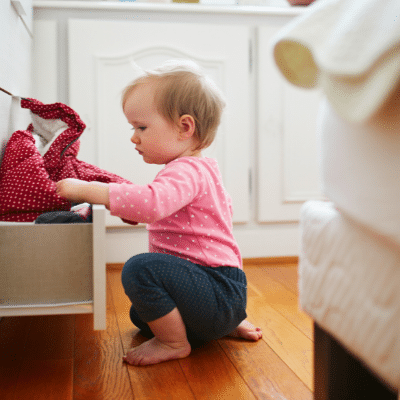
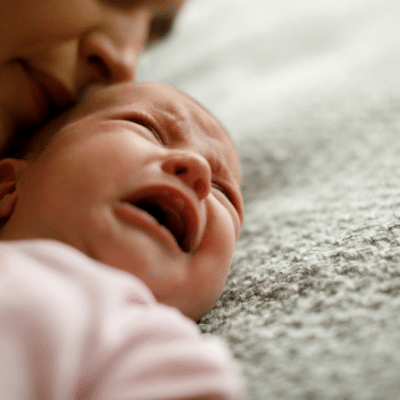
Tips for keeping your little one calm
The following tips will help keep your baby or toddler calm before, during, and after the move:
- Make time for snuggles, tickles, and hugs. Being playful with them during the move will play a huge role in how well they adjust to the new home.
- Talk to them about the move. As you do, keep things as simple as possible. For example, you can tell them that their stuffed animals will have a new house but will still live in their room.
- If you have a toddler, pack their bedroom last and unpack it fast to help them adjust.
- Take your child to visit the new house before the move and let them play in the yard. You can also give them a video house tour or a tour of the new neighborhood on Google Maps.
- Make it fun. Kids love boxes, and there will be lots of them around before and after the move. Turn them on the side and make castles, caves, and villages or make race cars out of them. This will make your little one think of the experience as a fun adventure.
- Let your little one help. You can put your toddler in charge of packing a few toys, games, or books so they feel like they are contributing.
Final Thoughts on How to Move with a Baby
With the tips outlined here, moving with your baby should be a breeze. Good luck starting the next chapter of your life in your new home with your little one!



